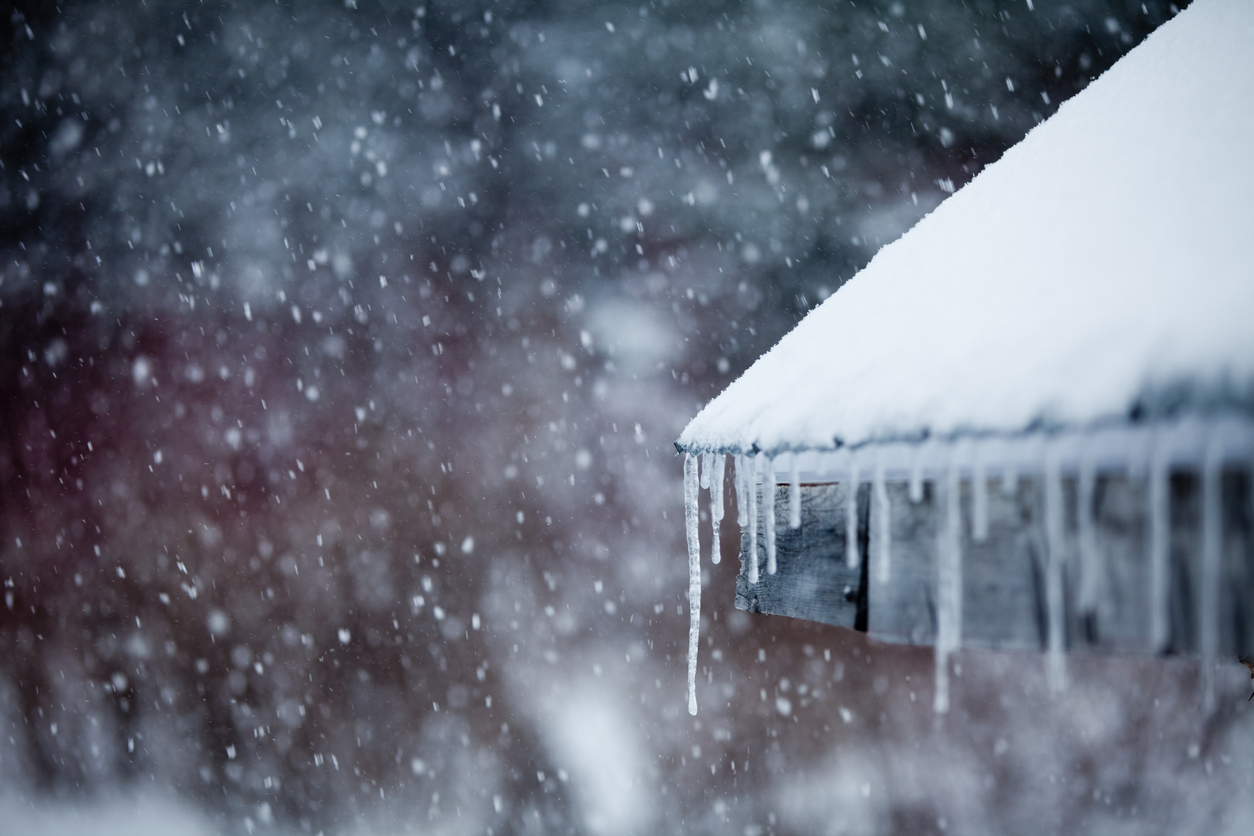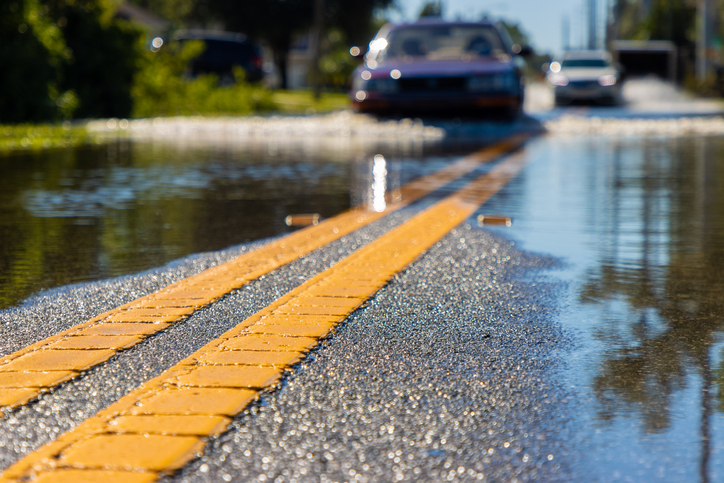The big freeze: 5 signs your pipes are frozen and how to thaw them
Author: By PC360 staff writer
Original article here.
The extreme cold and winter storms that have blanketed much of the U.S. are causing a host of problems for homeowners — everything from where to put several feet of snow when shoveling to preventing ice dams and leaks on snow-covered roofs.
Another issue impacting a lot of residents involves frozen water pipes. As the water in pipes freezes, it expands, creating as much as 2,000 pounds of pressure per square inch, enough to cause almost any pipe filled with water to rupture. The bad news is that a burst pipe can release hundreds of gallons of water per hour, causing thousands of dollars in damage to repair.
At-risk are pipes in unheated parts of a building, exposed pipes, those in or along outside walls of a structure, pipes under a sink by an outside wall, and any in unheated attics or crawlspaces. Pipes in townhomes, single-family homes and multi-family units can freeze under the right circumstances.
Homeowners and renters should check their insurance policies to make sure they are up to date and will cover damage that frozen or otherwise broken pipes could cause. The best time to check is before it becomes an issue.
Thawing frozen pipes
First, turn off the water to either that section of the house or to the entire home if that is the only option. If the frozen pipe is slowing the flow of water, when the ice dam is removed, water will quickly flow out of the pipe.
Next, open the faucet of the frozen pipe to allow water to flow through and relieve the build-up of any pressure. Running water through the pipe will also help to melt any ice in the pipe.
Apply heat to the section of frozen pipe. This can be done by wrapping a heating pad around the pipe, heating it with a blow dryer, wrapping the pipes in towels soaked in warm water or using a space heater to heat up the area where the pipes are located. Keep applying heat until the water pressure is restored and the water flows through freely. If you can’t identify the location of the frozen section, then a plumber should be called.
White says there are several steps homeowners and renters can take to prevent frozen pipes.
- Let faucets drip cold water in extremely cold weather, especially overnight when temperatures are at their lowest. While a small flow of water will not prevent a pipe from freezing, it will prevent it from bursting.
- For pipes under a sink, open the cabinets to allow warm air to circulate in the area.
- Wrap kitchen and bathroom pipes with old newspaper or towels and use duct tape to secure them in place.
- If you will be gone overnight during an extreme cold spell, leave the heat on in the house or apartment.
- If supply lines run through a garage, make sure to keep the doors closed.
Anyone leaving their home for an extended period of time during the winter should either have their pipes drained or leave the thermostat set no lower than 55-60 degrees. If there is a power outage or extreme cold, it won’t take long for the interior temperature to drop to a dangerous low, allowing the pipes to freeze.
A burst pipe left unchecked for days can release hundreds of gallons of water. Make sure someone checks the home on a regular basis – especially during extreme temperatures.


